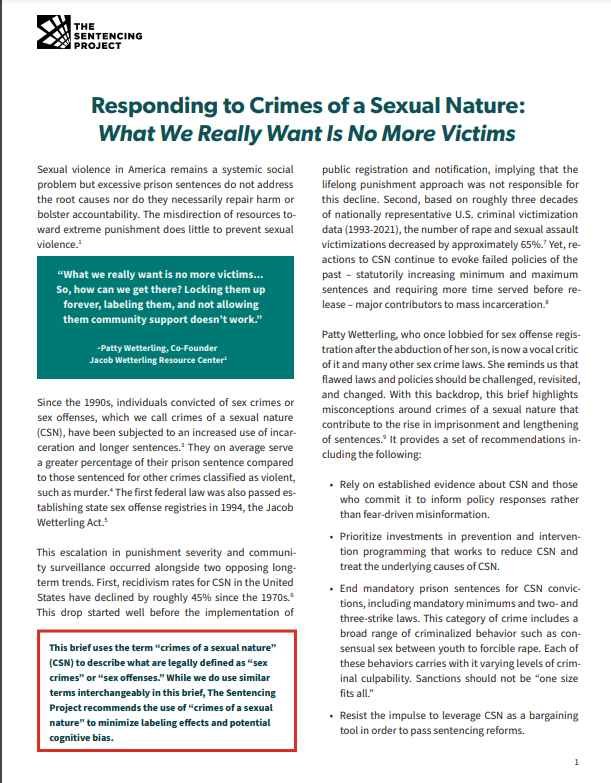By Garth Morgan, et al.
First Nations children experience high rates of domestic and family violence and are overrepresented in child protection systems in Australia. The long history of violence against Aboriginal and Torres Strait Islander people that commenced with colonisation, the effects of which are still being felt today, significantly contributes to these outcomes. Policies intended to respond to these harms, improve wellbeing, and enhance safety, instead continue to cause harm, rarely providing culturally safe, well-resourced and trauma informed solutions.
This is the second of two reports from the project, Service system responses and culturally designed practice frameworks to address the needs of Aboriginal and Torres Strait Islander children exposed to domestic and family violence. The project used culturally safe, participatory action research methods with First Nations community members in eight regional and remote locations across Queensland to generate new knowledge about what works for Aboriginal and Torres Strait Islander children who have both experienced domestic and family violence and had contact with the child protection system. The first report from this project, New ways for our families explored existing literature and presented the findings from the first action research cycles. The final report, You can’t pour from an empty cup presents the findings, conclusions and recommendations from the final rounds of action research.
Significantly, the researchers found that experiencing domestic and family violence negatively impacted childhoods, behaviours and the ability to form healthy relationships as adults. Harms were carried forward into adulthood as these children and young people became parents and moved through systems. As a result many experienced child protection responses that used oppressive and controlling techniques and this increased distress. Research participants identified that there was a lack of focus on providing healing and support services for children and young people who experienced DFV and that service providers were often ill equipped to respond effectively to trauma.
This research provides an understanding of how services and systems including health and education can better hear from and respond to Aboriginal and Torres Strait Islander children and young people who experience domestic and family violence. While conducting the research, and as a result of the initial findings which revealed the depth of cultural knowledge and community led solutions, the research team made the decision to also develop a culturally strong practice framework to guide policymakers and practitioners. The framework, Healing our children and young people: A framework to address the impacts of domestic and family violence is available on the ANROWS website.
ANROWS, 2023. 103p.





















